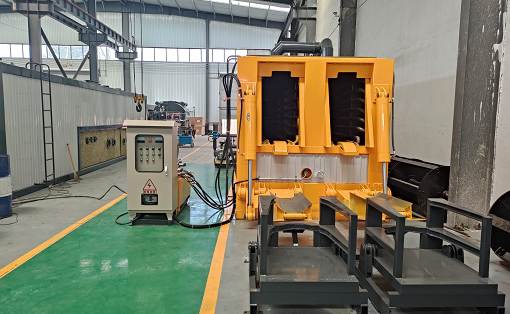What devices are used in modified bitumen equipment?
Modified bitumen equipment uses modified bitumen colloid mill. Its blade has high hardness, high linear speed of the moving disk, and the gap can be adjusted to 0.15mm. It is suitable for processing various polymer-modified bitumens, such as SBS, PE, EVA, etc.
Modified bitumen equipment uses modified bitumen colloid mill. Its blade has high hardness, high linear speed of the moving disk, and the gap can be adjusted to 0.15mm. It is suitable for processing various polymer-modified bitumens, such as SBS, PE, EVA, etc.
The modified bitumen equipment adopts independently developed special batching tanks, powerful mixers, liquid level anti-blocking devices, small-dose powder adding devices, automatic adding devices for liquid additives and other production details. It provides comprehensive technical guarantee for the reliability of modified bitumen production line. The processing efficiency is significantly improved and the product quality is greatly improved.
The relevant knowledge points about modified bitumen equipment have been introduced to you here. I hope the above content can be helpful to you. Thank you for watching and supporting. If you don’t understand anything or want to consult, you can directly Contact our staff and we will serve you wholeheartedly.


































